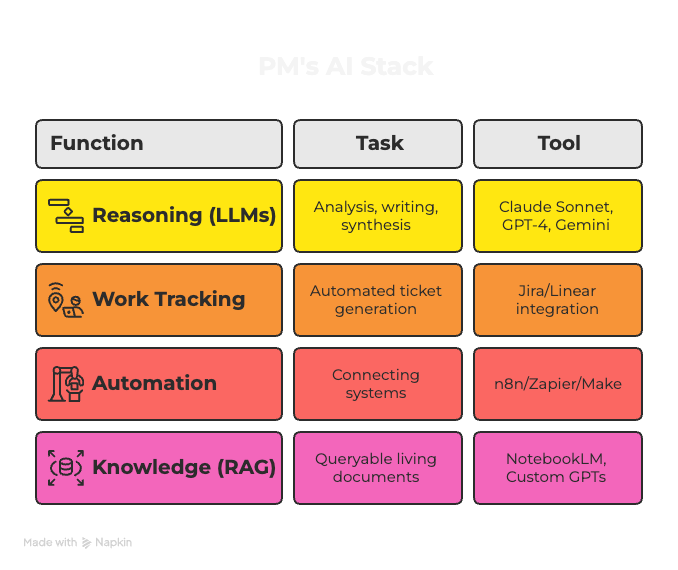The role of artificial intelligence (AI) in financial planning, forecasting, and budgeting in today's business landscape cannot be overstated. Companies in all industries are turning to AI-powered tools to predict future financial trends and make data-driven decisions. Yet, the accuracy and dependability of AI-driven predictions are contingent upon two crucial factors: the quality of the data used and the efficacy of the AI model employed. Human-centric prediction remains a pivotal component in the equation.
It's important to clarify that the integration of AI into financial planning doesn't mean that traditional methods are obsolete. Rather, it complements them and lays a robust foundation for more effective planning and forecasting. Consider traditional financial planning as an artisan crafting furniture by hand, relying on expertise and manual tools. Introducing AI is like giving the artisan advanced power tools that don't replace their skills but improve efficiency and precision, enabling the creation of intricate designs. In this analogy, the artisan symbolizes the human financial advisor, and AI tools mirror AI systems that enhance efficiency and accuracy in financial planning.
Let's delve into the world of AI-driven financial planning and explore the challenges and opportunities it presents.
The promise of AI in financial planning
The integration of AI into financial planning holds immense potential. AI algorithms can process vast amounts of data quickly, identify patterns, and make predictions that can aid in budgeting, investment strategies, and risk management.
However, the caveat is clear: the accuracy and reliability of AI-based forecasts are contingent on data quality and the models used. Organizations need access to high-quality data and to continually refine their AI models to improve accuracy. Just as in the above analogy, the more powerful the tools are, the intricate the designs can be. Let's consider a small e-commerce business that uses a financial planning tool for its accounting needs. Traditionally, sales data, expenses, and other financial transactions are input manually. Combined with AI-powered automated data entry, expense categorization with human advisors' personalization, empathy and expertise, the financial planning process becomes more effective.
The human touch in financial planning
While AI can analyze data at incredible speeds, it lacks the nuanced understanding and judgment that humans bring to the table. Human-centric prediction remains a key component of effective financial planning. Human experts can interpret complex market dynamics, consider qualitative factors, and adapt to unforeseen events.
In the current business landscape of rapid change and unpredictability, the ability to pivot and make quick decisions is paramount. Traditional financial planning processes that span multiple quarters may no longer suffice. Here's where AI tools can shine by providing real-time data and insights to help organizations make informed decisions swiftly.
When it comes to adopting AI, I've noticed three types of managers/business owners. The first group, Gen Z managers, enthusiastically embrace AI's potential, or any new technologies for that matter, sometimes even unnecessarily. The second group are "repellers,", who are apprehensive about potential job displacement due to AI. The third group, “experimenters & adopters”, eagerly test AI's capabilities to find the right fit for their products.
Striking the balance
The future of financial planning lies in striking a balance between AI-driven automation and human expertise. Forward-thinking organizations are adopting a strategy that combines the best of both worlds. Organizations can leverage AI tools to process vast datasets rapidly, identify trends, and generate initial forecasts. However, these outputs should be treated as inputs to be refined by human experts who can provide context, validate assumptions, and make decisions based on a holistic view of the situation. For example, customers can meet with live financial experts for in-depth consultations, while AI algorithms record and analyze these interactions, creating categorized and tagged summaries for later review.
This approach not only ensures the accuracy of data-driven predictions but also leverages the efficiency of AI for data processing and trend analysis. It empowers organizations to respond rapidly to market shifts while benefiting from the wisdom of human experts.
Great product managers belong to the group “experimenters and adopters” by continuously assessing AI trends and market demands to determine how AI can add value to products. Experiment with AI tools and platforms, apply AI principles to real-world projects, and learn from practical challenges. Of course, the learning can be complemented with learning from the network of AI experts within and across Industry, learning platforms etc.
We are at the right time and place, where, as product managers, we can ensure the adoption of AI is helpful to our users and complements our product capabilities.
Conclusion
The use of AI in financial planning is still in its early stages, but it has the potential to significantly improve the efficiency and effectiveness of the financial planning process. As AI technology continues to develop, it is likely to play an increasingly important role in financial planning. While AI offers tremendous potential for data-driven decision-making, it is essential to acknowledge its limitations and the crucial role of human expertise.
To navigate the dynamic and unpredictable business landscape successfully, organizations should embrace a strategy that combines human interactions with AI-powered tools. This symbiotic relationship ensures that the accuracy, reliability, and adaptability required for effective financial planning are maintained, empowering businesses to make informed and agile decisions in the AI era.







